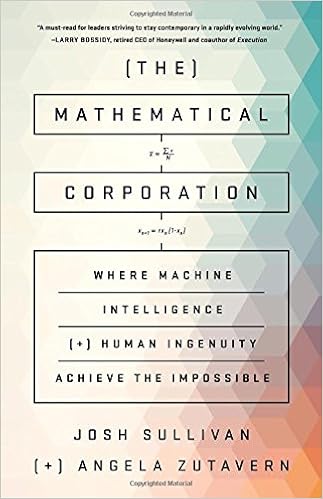" .... Thanks to AI, you'll never be ignored at a hospital again From CNET Magazine: IBM's Watson takes on the scut work at a Philadelphia hospital, so nurses can focus on what matters. By Shara Tibken
It's why Thomas Jefferson University Hospitals in Philadelphia decided to work with audio giant Harman and IBM's Watson artificial intelligence technology. Together, they developed smart speakers that will respond to about a dozen commands. When a patient says "Watson," the speakers can, for instance, play calming sounds and adjust the room's lighting, thermostat and blinds.
"This is a way for patients to get some simple comfort measures addressed just by speaking," says Dr. Andrew Miller, associate chief medical officer at the Philadelphia hospital group. "How great is that?"
For the hospital, it's just the beginning. ... "
Unclear what plans are underway to roll this out more broadly. Beyond just the voice interaction it does imply that considerable infrastructure changes have to be made to implement physical interactions with rooms, say to close the blinds or even adjust the lights.
(Update 8/12/17)
Why Hospitals Are In Pursuit Of The Ideal Amazon Alexa App In Forbes:
Robert Glatter, MD ,
Consumers now enjoy using Alexa, the super-cool voice technology in the nifty Amazon Echo device that helps make life around the home easier. In its short time on the market, it has become almost indispensable according to some tech aficionados. .... "

